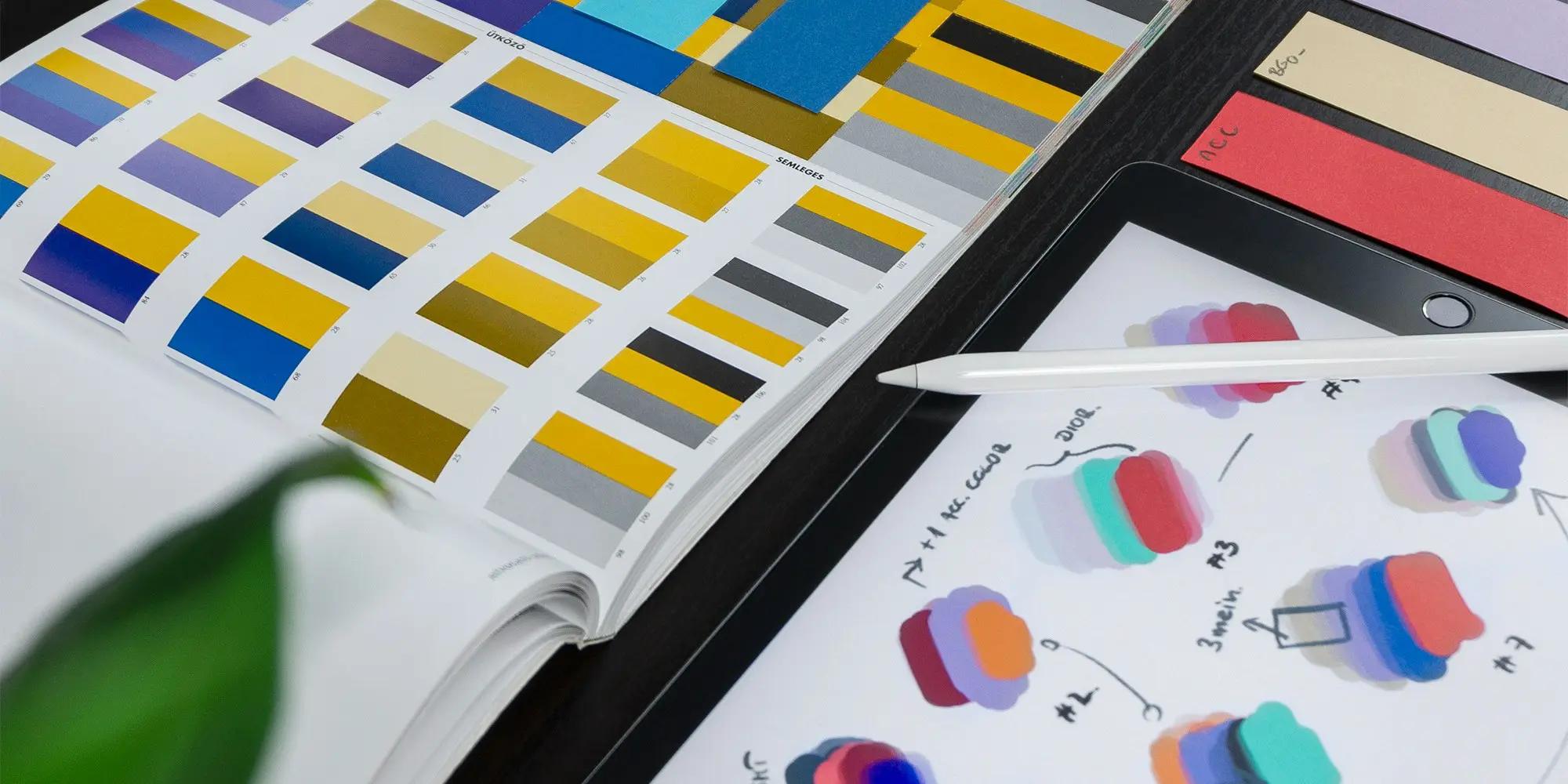
Our process
In the realm of front-end web development, creating accessible and user-friendly interfaces is crucial. As developers we constantly seek tools and frameworks that streamline the development process while maintaining a focus on making sites as accessible as possible, this is especially important within our work as our primary client base is often the medical sector.
Consistent Design Patterns and Responsiveness
One of the primary advantages of using a component library is the ability to maintain consistent design patterns across a website or application. As a team, we commonly rely on the CSS framework Tailwind CSS. It's a utility-first CSS framework that helps guarantee a consistent and cohesive appearance across our projects. Tailwind CSS excels in creating responsive designs with its utility classes. This is especially beneficial for accessibility, as responsive design plays a significant role in providing a positive user experience for people with varying abilities and devices. Component libraries built with Tailwind and in our case Next.js make it easier to implement responsive design practices, ensuring that your application adapts gracefully to different screen sizes and can easily be navigated with screen readers and narrators.

Built-in Accessibility Features
Tailwind CSS, in tandem with Next.js, streamlines the integration of accessibility features in web development. Leveraging semantic HTML and Next.js's inherent support for and features like Route Announcements and linting to help catch accessibility issues, alongside Tailwind's built-in focus-visible variants, accessibility focused classes and color adjustment options that helps address accessibility concerns related to styling and page layout and ensure that only the required content is exposed to accessibility equipment.

Reduced Development Time and Improved Consistency
Building a component library saves a lot of time in development. With Tailwind's utility-first approach and a JavaScript library, there's no need to write custom CSS, making prototyping and implementation quicker which inevitably is a benefit to the client from a financial and release schedule point of view. Reusing and tweaking components is crucial to maintaining consistent design and functionality. This becomes particularly beneficial for accessibility, ensuring that users with disabilities can rely on familiar patterns and behaviors within the application. Additionally, changes made at a component level have a cascading effect throughout the entire application. This holistic approach enables seamless iterations and improvements to buttons, text sections, images, and icons, contributing to an overall enhanced user experience.

Final thoughts
Component libraries offer numerous accessibility benefits, from consistent design patterns to built-in focus styles and customization options. By leveraging new techology, we as developers can create accessible and inclusive web applications efficiently, contributing to a positive user experience for individuals with diverse abilities. As the importance of accessibility in web development continues to grow, the combination of Tailwind CSS and component libraries emerges as a powerful solution for creating robust, user-friendly, and inclusive interfaces.